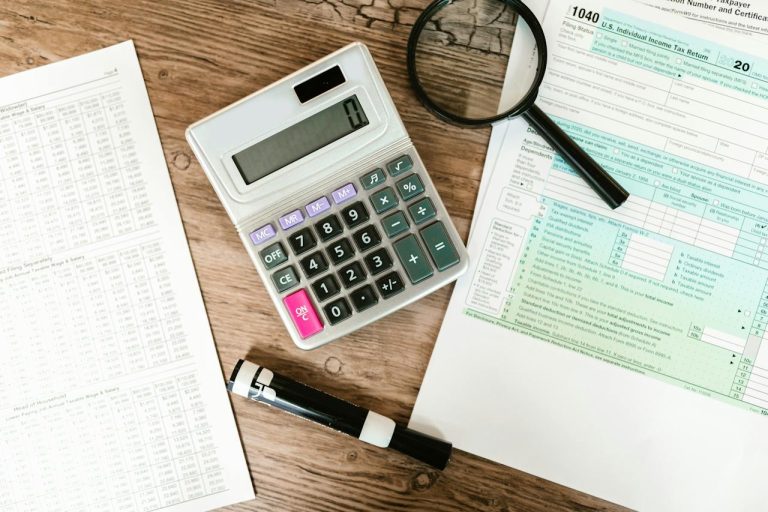Why Board Evaluation Is More Critical Than Ever
Introduction: Why Board Evaluation Is More Critical Than Ever
The call for sustainable business practices is echoing across boardrooms globally. As climate change, social justice, and economic inequality dominate headlines, stakeholders are expecting companies to do more than just deliver profits—they demand purpose. At the heart of this shift lies the board of directors, whose oversight and strategic guidance are crucial in navigating this transformation.
But how do we ensure boards are fit for this role? That’s where board evaluation comes in. It’s not just a governance formality anymore—it’s a strategic necessity.
What Is Board Evaluation?
Understanding the Concept
A board evaluation is a structured process that assesses the performance, dynamics, and effectiveness of a company’s board of directors. It looks at how decisions are made, how roles are performed, and whether the board is aligned with the organization's goals—particularly its sustainability ambitions.
Key Components of Effective Board Evaluations
- Individual Director Assessment
- Board Composition Review
- Committee Functioning
- Leadership and Culture
- ESG Integration and Oversight
- Stakeholder Engagement
Link Between Governance and Sustainability
The Role of the Board in Driving ESG Initiatives
Boards are ultimately responsible for setting a company’s tone at the top. They approve sustainability strategies, hold management accountable, and oversee risks—including those related to climate, diversity, and ethics.
Strong governance, backed by rigorous evaluations, ensures these responsibilities are carried out effectively. This connection is reinforced by international frameworks like the GRI, TCFD, and OECD Principles of Corporate Governance.
Seven Powerful Reasons Board Evaluation Enhances Sustainability
Ensures Accountability and Oversight
Regular board evaluations reveal if directors are performing their fiduciary duties, including ESG-related responsibilities. They uncover lapses in oversight and allow the board to take corrective measures before issues escalate.
Strengthens Strategic Alignment with ESG Goals
Evaluations help boards reflect on whether their strategies are aligned with evolving sustainability targets, such as net-zero ambitions or gender equality targets.
Drives Innovation Through Diversity and Inclusion
A good evaluation exposes whether the board lacks diverse voices and perspectives. This helps fuel innovative thinking—essential for long-term sustainability.
Identifies Skills Gaps and Training Needs
Evaluations highlight where directors need further education—on topics like climate risk, cybersecurity, or stakeholder capitalism.
Boosts Stakeholder Trust and Transparency
A well-documented board evaluation shows that the company is serious about accountability, which increases trust among investors, regulators, and the public.
Enhances Risk Management Practices
By identifying blind spots, board evaluations improve the board’s ability to manage emerging sustainability risks and opportunities.
Supports Long-Term Value Creation
Ultimately, all of this contributes to building resilient, adaptive companies that generate sustained value—not just quarterly profits.
Types of Board Evaluations
Internal vs. External Evaluations
- Internal: Led by the company’s own governance team, chair aided by the corporation secretary.
- External: Conducted by third-party evaluators for greater objectivity and independence.
Self-Evaluation vs. Peer Review
- Self-Evaluation: Each board member assesses their own performance
- Peer Review: Directors evaluate each other, often anonymously
Best Practices for Conducting Effective Board Evaluations
Frequency and Timing
Annual evaluations are ideal, especially in rapidly evolving sectors. Timing should align with strategy reviews or key milestones. At least having it done once year.
Tools and Frameworks
- Structured questionnaires
- One-on-one interviews
- Board effectiveness frameworks like King IV, UK Corporate Governance Code, and GRI 2-9
- Use of board tools
Ensuring Confidentiality and Objectivity
Anonymous feedback and third-party facilitation help surface honest input.
Role of Technology in Modern Board Evaluations
Digital platforms like Diligent, BoardEffect, and OnBoard are revolutionizing how evaluations are conducted. These tools offer:
- Real-time dashboards
- Trend analysis across years
- Secure surveys and anonymized responses
Regulatory and Market Expectations
Many regulators now require board evaluations. For example, the UK Corporate Governance Code mandates annual evaluations for FTSE 350 companies. Institutional investors are also demanding more transparency around board effectiveness.
Real-World Examples: Companies That Got It Right
- Unilever: Uses external board evaluations to improve ESG oversight
- Patagonia: Board performance is reviewed against sustainability benchmarks
- Danone: Embedded ESG metrics into board scorecards
These companies demonstrate that board evaluations aren’t just good practice—they’re a competitive advantage.
Challenges in Implementing Board Evaluations
- Resistance from senior board members
- Fear of exposing weaknesses
- Time and resource constraints
- Lack of clear frameworks
How to Overcome Common Barriers
- Secure leadership buy-in
- Provide clear benefits tied to strategy
- Use skilled external facilitators
- Start small and iterate
Integrating Evaluation Insights into Governance Practices
The value of evaluations lies in follow-through. Boards should:
- Use findings to inform succession planning
- Update training agendas
- Adjust board composition as needed
- Track progress over time
Board Evaluation and Reporting Standards
GRI, IIRC, TCFD, and Corporate Governance Codes
- GRI 2-9: Calls for transparency in board responsibilities
- IIRC: Emphasizes integrated thinking and value creation
- TCFD: Links board oversight to climate risk disclosure
- OECD Guidelines: Stress continuous board improvement
The Future of Board Evaluation in Sustainable Business Leadership
Expect to see:
- Deeper integration with ESG scorecards
- AI-powered analytics
- Real-time dashboards
- Mandatory disclosure in sustainability reports
Board evaluation will move from checkbox compliance to strategy enabler.
Conclusion: Board Evaluation as a Pillar of Corporate Sustainability
In today’s business world, sustainability isn’t optional—and neither is board effectiveness. Evaluations are no longer just good governance—they’re essential to creating resilient, inclusive, and responsible businesses. Companies that embrace board evaluations position themselves not only to survive but to lead in the new era of stakeholder capitalism.
❓ FAQs
1. Why is board evaluation important in sustainability?
Because it ensures that boards are fulfilling their ESG responsibilities, enabling long-term value and accountability.
2. How often should a board evaluation be conducted?
Ideally, annually—especially for boards overseeing ESG strategies in dynamic industries.
3. Who should conduct a board evaluation?
While internal reviews are common, best practice recommends using external evaluators for objectivity.
4. What frameworks support board evaluation for ESG?
GRI, IIRC, and TCFD offer structured guidelines for integrating sustainability into governance.
5. Can board evaluations improve investor confidence?
Absolutely. Transparent evaluations demonstrate accountability, improving investor trust.
6. What’s the link between board diversity and effective evaluations?
Diversity ensures broader perspectives during evaluations, resulting in more balanced governance outcomes.
Do you want to future proof boards, lets help you kick starting your board evaluation:
Contact Us Today
- Call or WhatsApp: +254720021253
- Email: info@scriberegistrars.com
- Website: www.scriberegistrars.com
Together, let’s build a sustainable and equitable future!







